Analysis of 4G Cellular IoT Networks: NB-IoT, LTE-M, LTE-CAT
VerifiedAdded on 2022/10/11
|5
|944
|12
Report
AI Summary
This report investigates and compares 4G-based Cellular IoT wireless networks, specifically focusing on NB-IoT, LTE-M, and LTE-CAT. It begins by introducing 4G technology and its significance in connecting various wireless standards, particularly for IoT applications. The report delves into the characteristics of NB-IoT, LTE-M, and LTE-CAT, highlighting their bandwidth, latency, data rates, and power consumption. It provides a comparative analysis of these technologies, examining their suitability for different IoT applications based on factors such as network bandwidth, cost, and indoor penetration. The report also discusses the role of LTE in enhancing network speed and security, and the key differences between the standards, especially in terms of latency, peak data rates, and system bandwidth. Finally, the report summarizes the key differences between LTE-M, LTE-CAT, and NB-IoT, and concludes that all three standards are suitable for fourth-generation wireless network systems.
1 out of 5
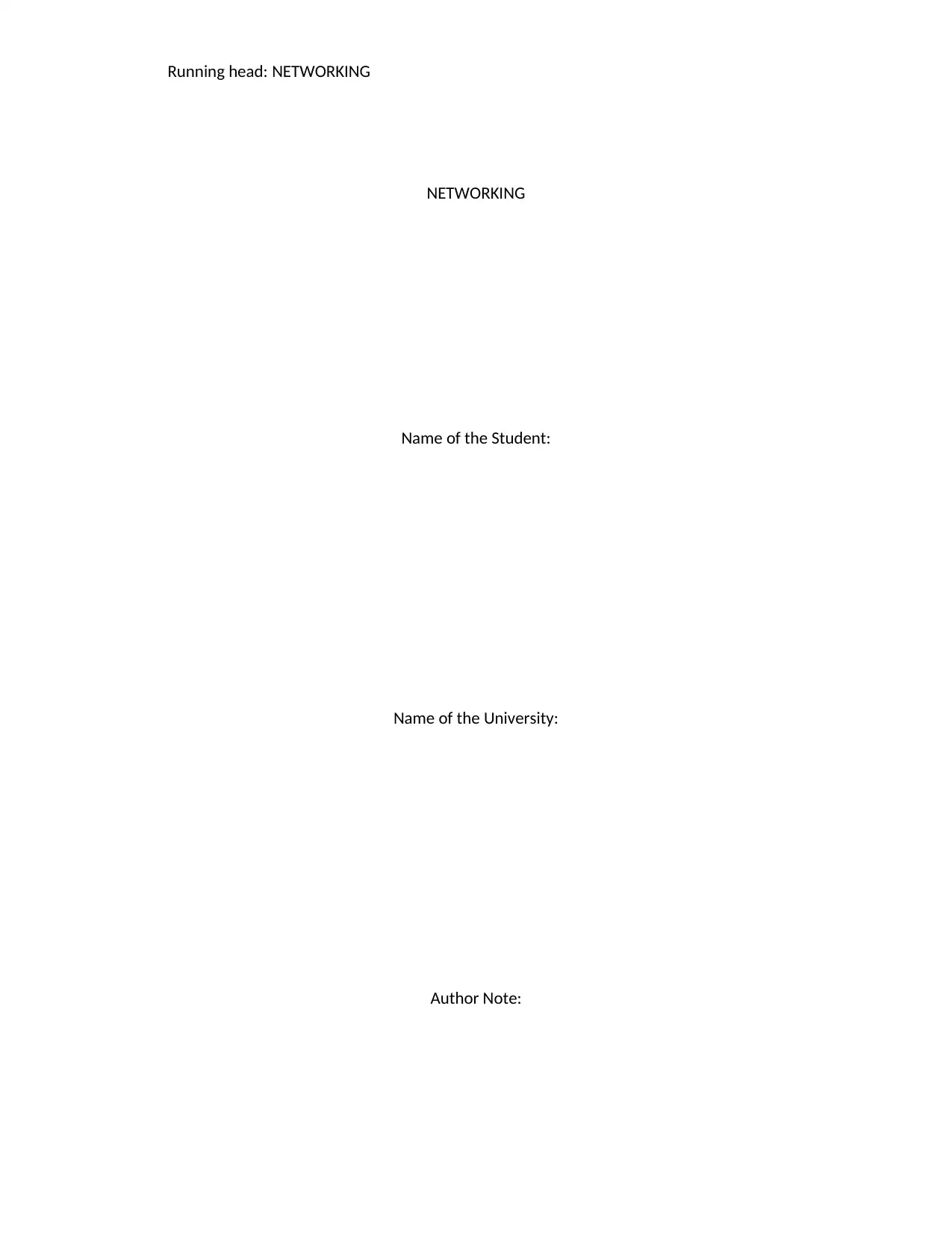
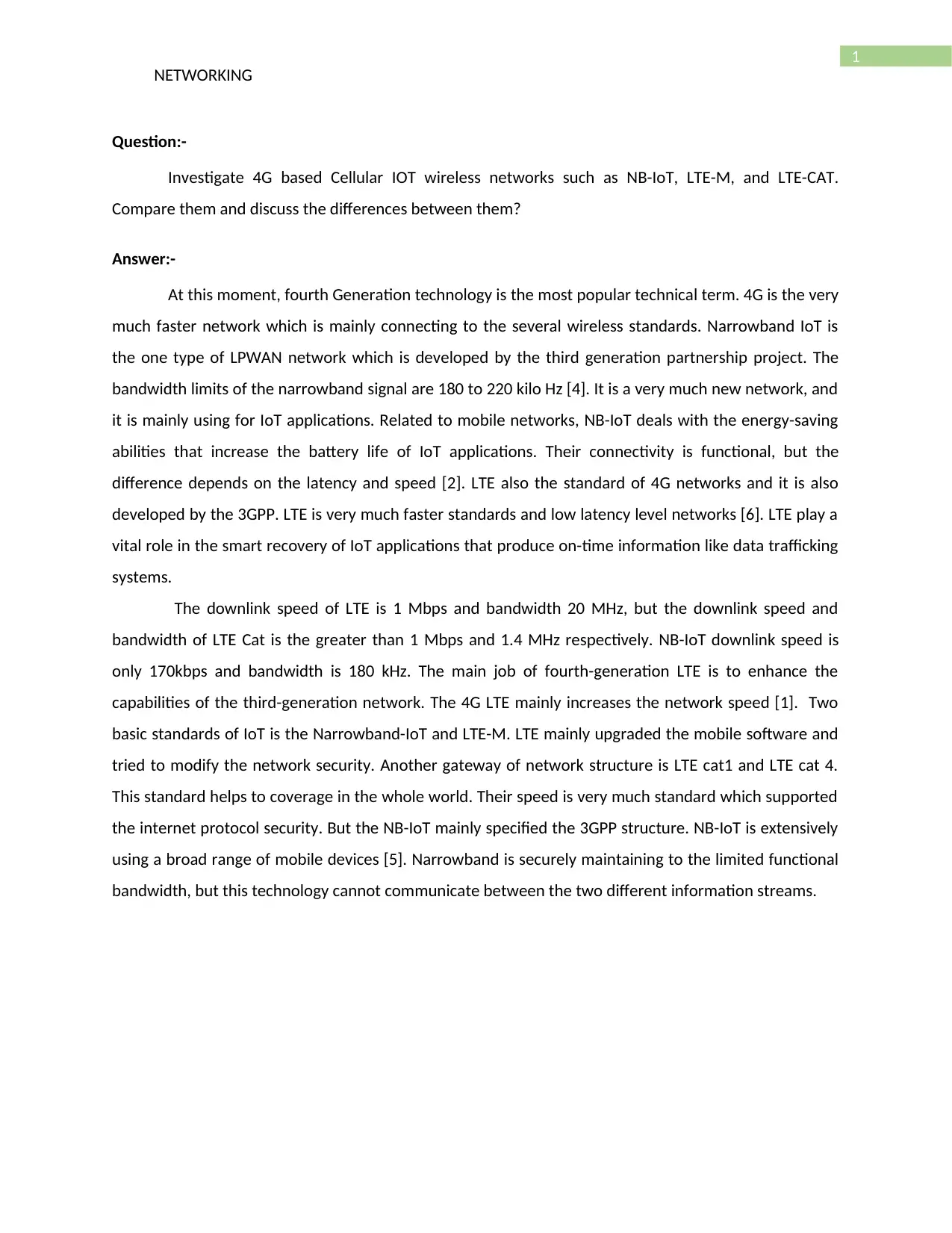
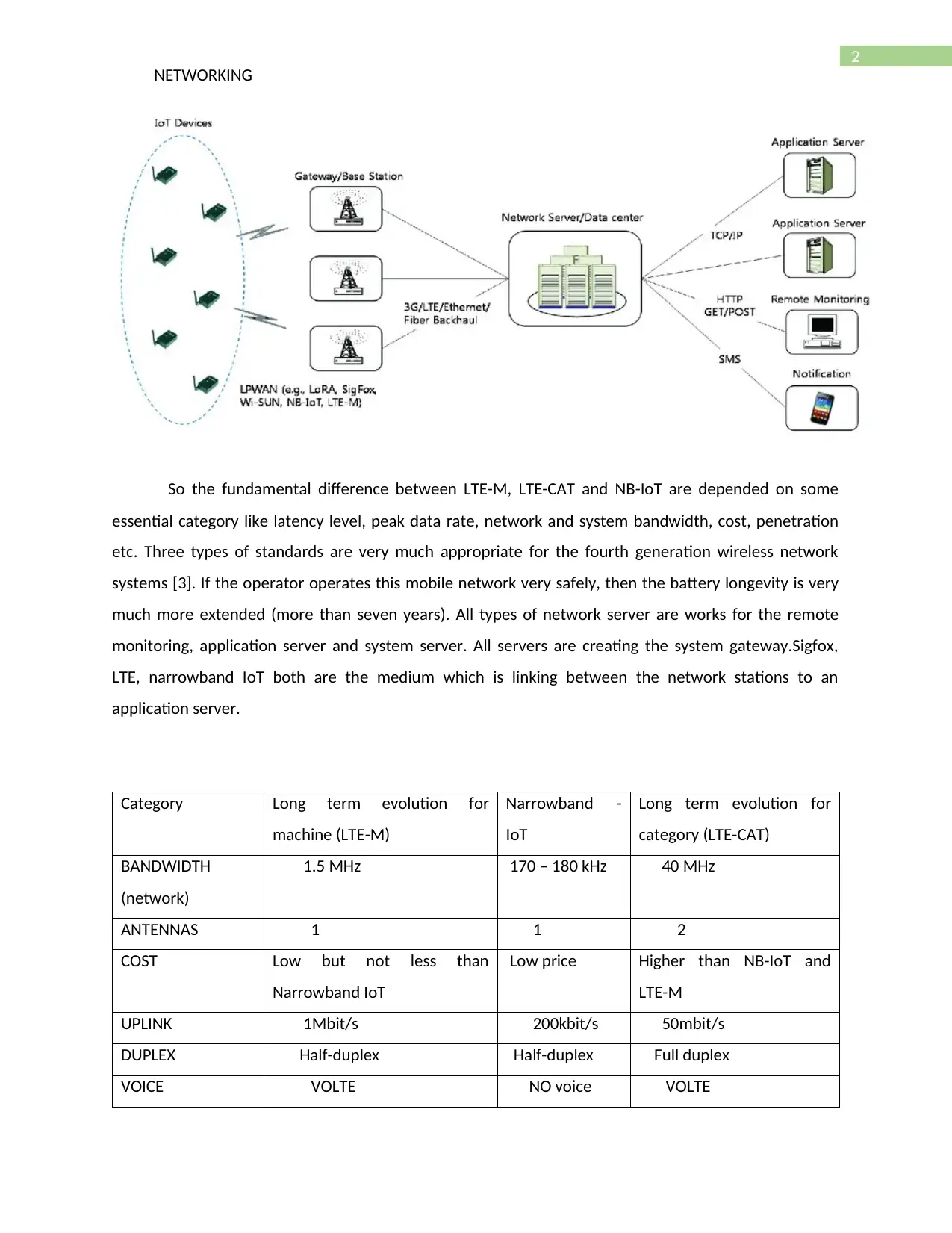

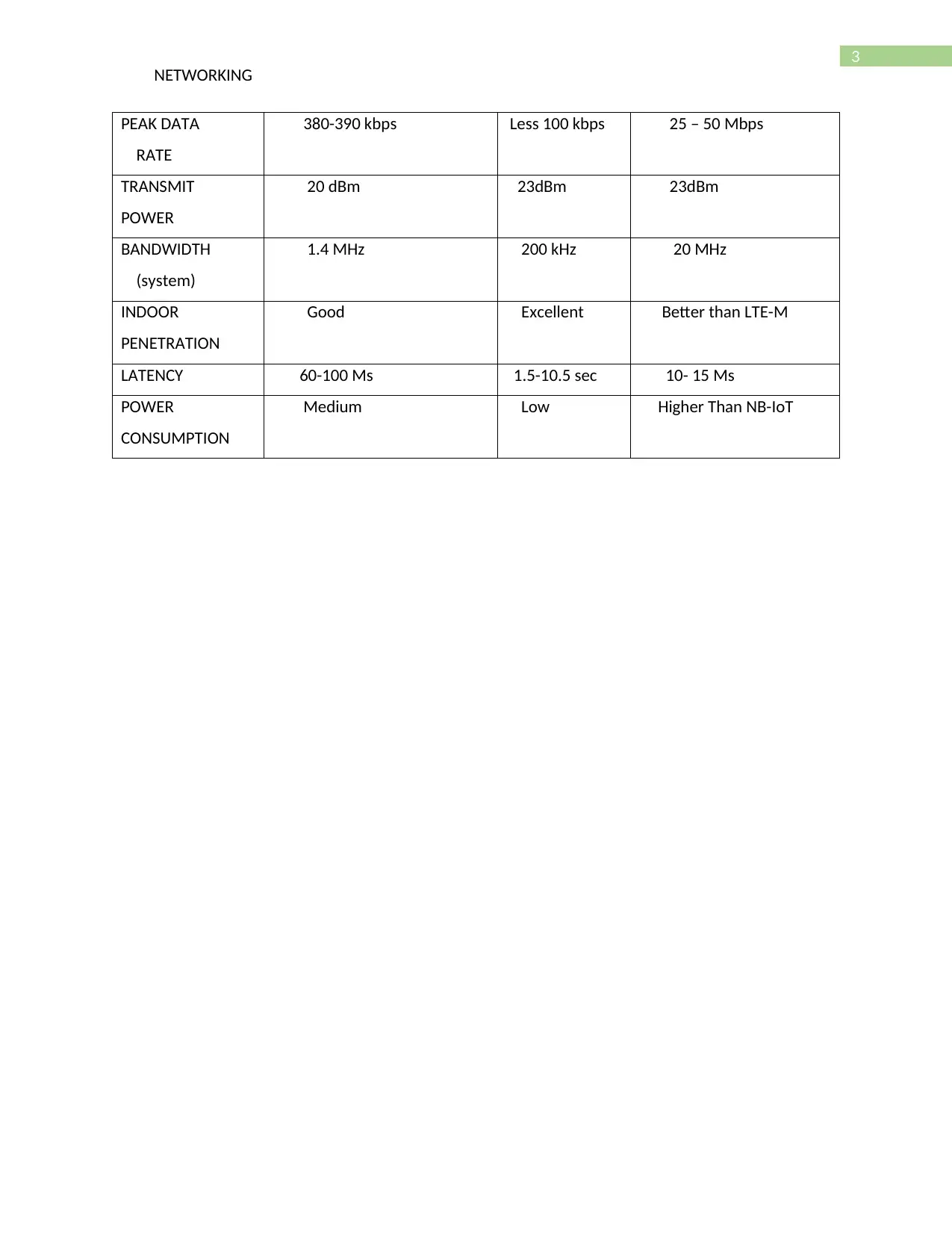
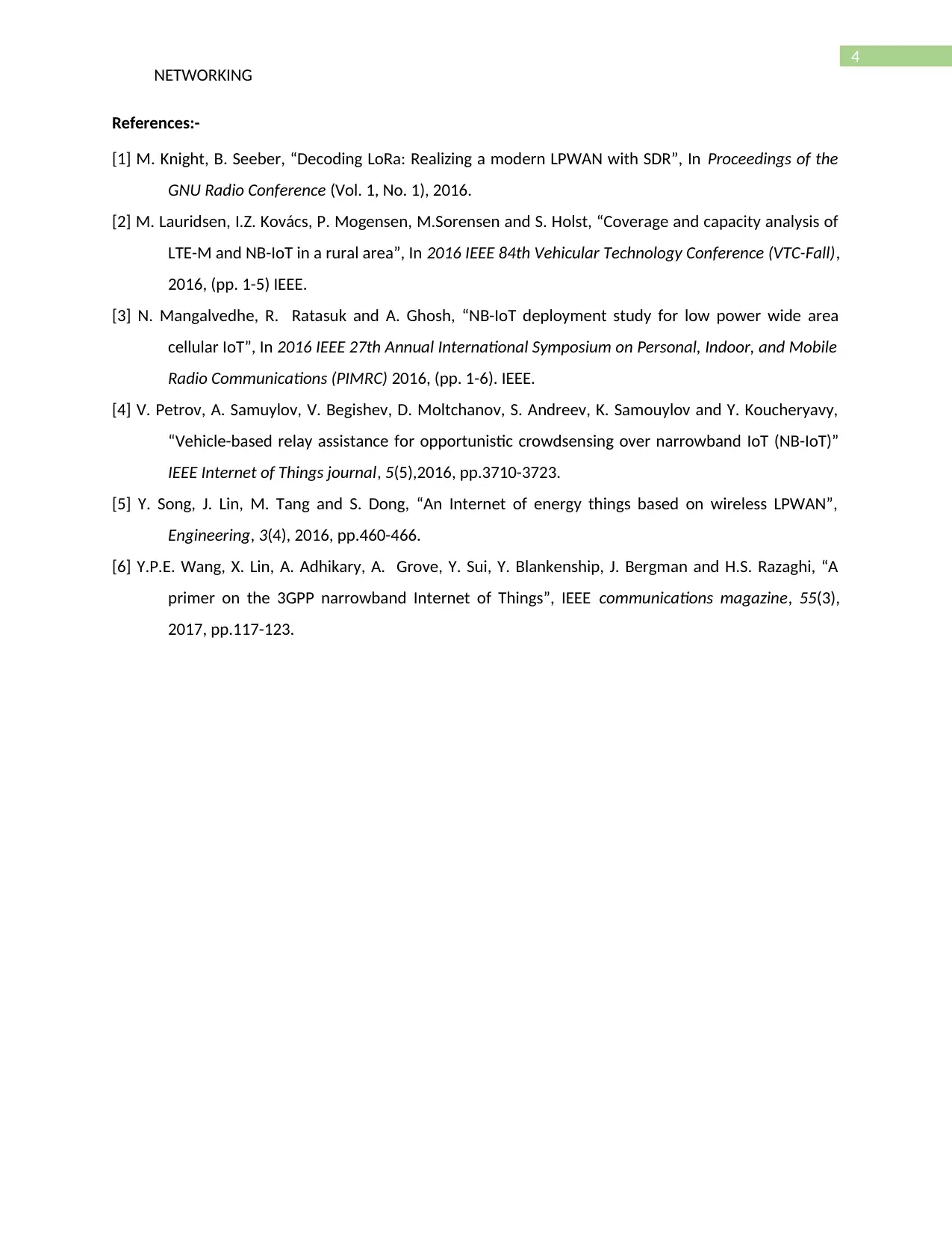


![[object Object]](/_next/static/media/star-bottom.7253800d.svg)